Massive scientific discovery that led to Kathleen Folbigg’s freedom
When two Australian-based scientists found a new and rare gene mutation, they realised it could potentially lead to the woman dubbed Australia’s worst serial child killer walking free.
National
Don't miss out on the headlines from National. Followed categories will be added to My News.
When two Australian-based scientists peered through their microscopes and found a new and rare gene mutation, they realised it was an extremely high-stakes discovery.
Professor Carola Vinuesa and Dr Todor Arsov from the Australian National University knew it would herald a new era in the assessment of sudden infant deaths and could potentially also lead to the woman dubbed Australia’s worst serial child killer walking free.
That was five years ago and today, on the strength of that medical and further research, Kathleen Folbigg has finally been recommended to be released from jail after serving more than 20 years for the murder of three of her children – Patrick, Sarah, and Laura – and the manslaughter of a fourth child, Caleb.
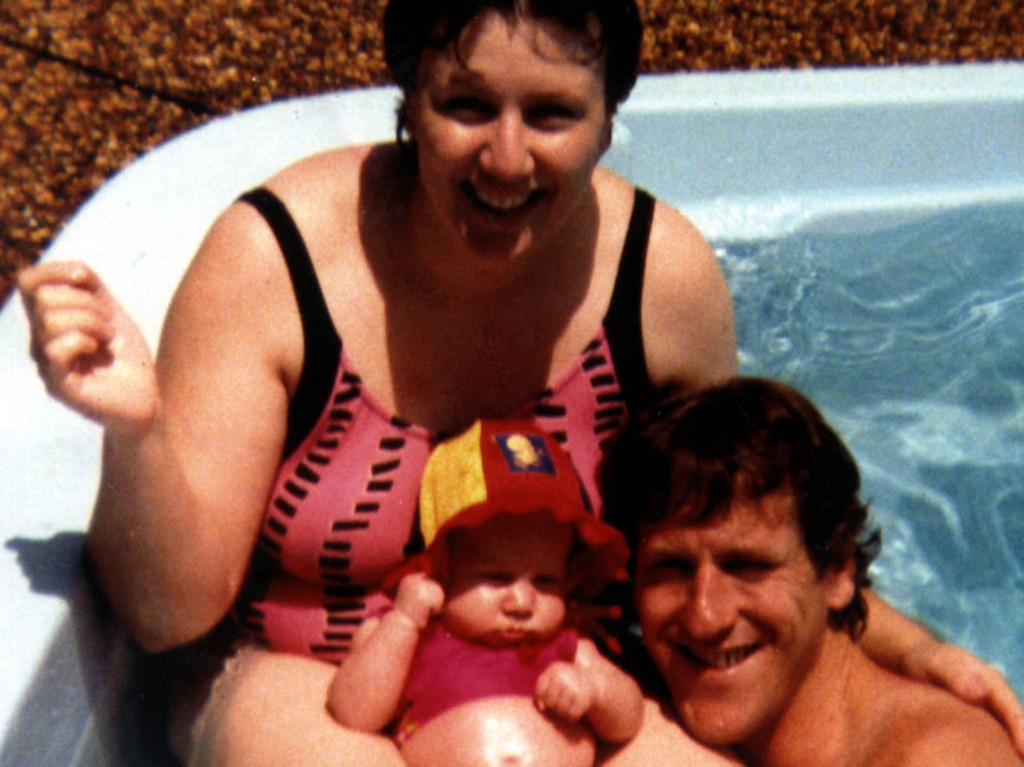
NSW Attorney-General Michael Daley on Monday recommend Ms Folbigg be pardoned.
“The result today is confirmation that our judicial system is capable of delivering justice, and demonstrates that the rule of law is an important underpinning of our democratic system,” Mr Daley said.
“Given all that has happened over the last 20 years, it is impossible not feel sympathy for Kathleen and Craig Folbigg. I am glad that our legal system in NSW contains provisions that allow for the continual pursuit of truth and justice,” he said.
LISTEN TO THE PODCAST
It is an extraordinary development in the controversial case of the 55-year-old Folbigg, who was convicted in 2003 of killing her children.
She was due to serve another five years before she would be eligible for release, but the breakthrough scientific evidence presented to the latest inquiry into her conviction has turned the whole tragic story on its head.
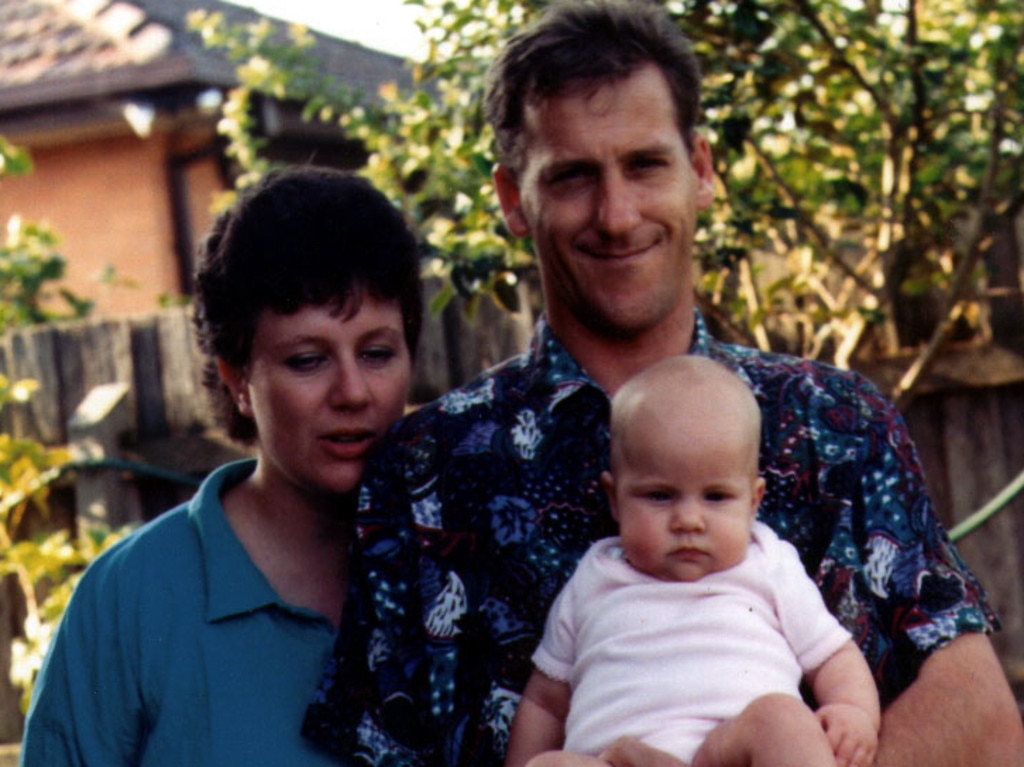
After the gene mutation discovery, 76 of Australia’s most respected doctors and scientists put their names to a petition demanding a pardon for Folbigg.
The researchers, including two Nobel laureates and several Australians of the Year, said new medical evidence created a strong presumption that the children died from natural causes.
Joined by another 14 international experts, the petition asked for Folbigg to be immediately released from jail, calling for an end to the “miscarriage of justice’’.
The then Attorney-General, Mark Speakman, did not release Folbigg, however, he ordered a new inquiry to examine the new evidence.
Read Kathleen Folbigg’s letter and plea for her freedom below:
It all began when Folbigg was convicted – mainly on circumstantial – of smothering her four children over a 10-year period from February 1989 to March 1999.
She has always maintained her children died of natural causes and Folbigg appealed unsuccessfully through the courts over and over again.
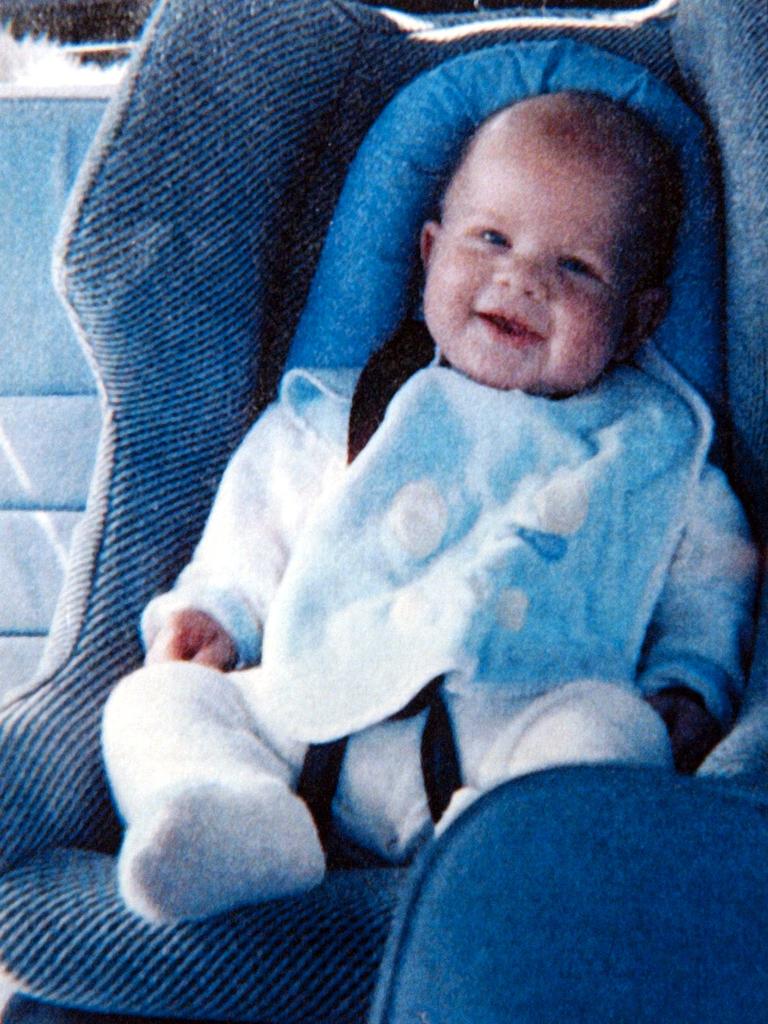

The circumstantial evidence was based mainly Folbigg’s diary entries which focused on 40 words out of 50,000, and claimed it showed her guilt. It also relied on the now debunked Meadow’s Law theory that one infant death was tragic, two suspicious and three murder.
But experts have since given evidence saying Ms Folbigg was likely suffering from complex Post Traumatic Stress Disorder as a result of the severe abuse she suffered as a toddler when she wrote the diaries and that was never taken into account.
Specialist psychiatrist Dr Michael Diamond assessed Ms Folbigg over two days at the Silverwater Women’s Correctional Centre and said “a clear diagnosis of Complex Posttraumatic Stress Disorder” which needed to be factored in when analysing her diary entries.
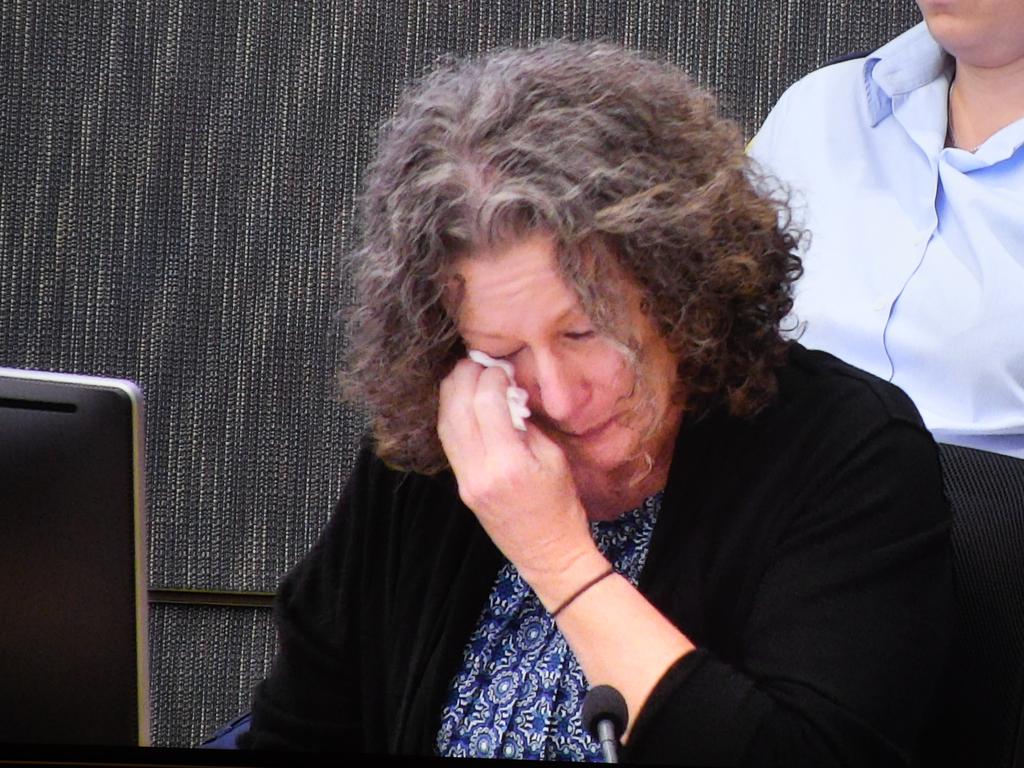
Another troubling aspect to the case was that there were no signs of injury in the Folbigg children, something experts have said is unlikely because children being smothered would struggle for air – and sustain some sort of injury.
Professor Peter Fleming, a world-renowned paediatric intensivist, has told the inquiry he had personally investigated 200 child deaths and was part of a team investigating another 600 child deaths.
Listen to the Mother’s Guilt podcast on Kathleen Folbigg’s case:
In his opinion he said children who are being suffocated “wriggle” and “fight vigorously” and have signs of injury inside their mouth caused by their teeth.
Ms Folbigg’s children did not have these injuries, he said.
“I would find it very hard to believe that somebody could suffocate them by putting something over their face or obstructing their airways and leaving no marks,” he said.
Kathleen Folbigg’s troubled life, which culminated in the deaths of her four infant children, and her subsequent jailing, began when she was just a baby herself.
Folbigg was born illegitimately on June 14, 1967, to Kathleen May Donovan and immigrant hoist driver and petty criminal Thomas Jack “Taffy” Britton.
It was a troubled time for her parents which ended in terrible violence. When Folbigg was 18 months old, her father stabbed her mother 24 times in the inner-western Sydney suburb of Annandale. She died on the street before an ambulance arrived.
Her father was jailed for 15 years for the murder and then was deported to Britain.
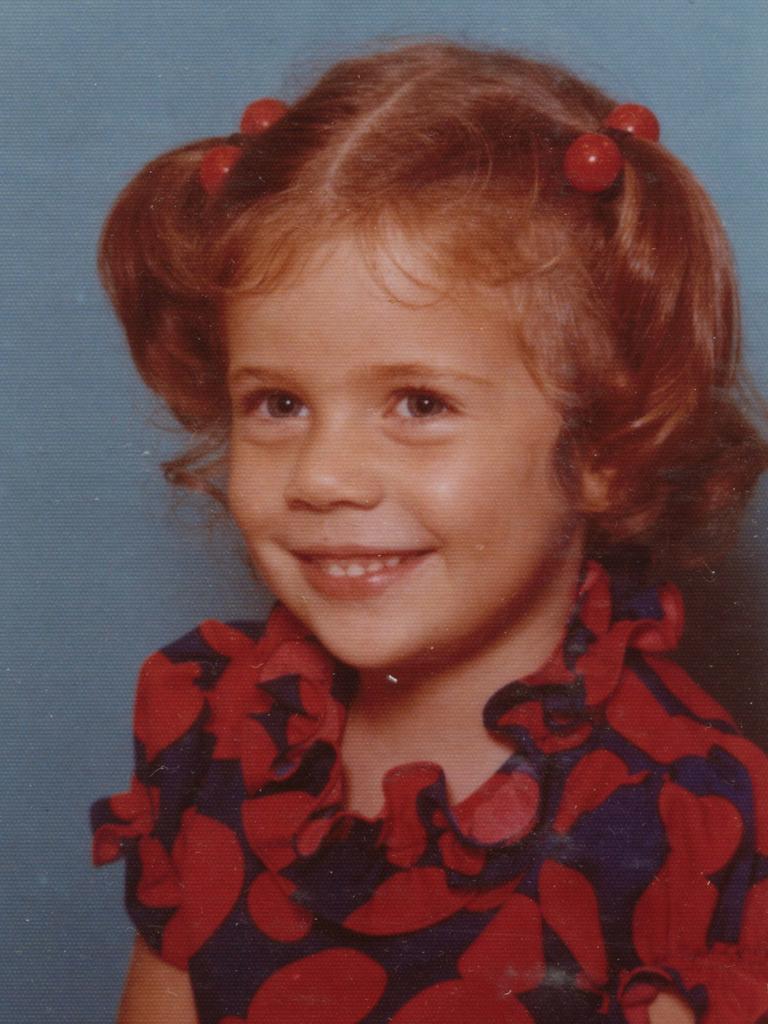
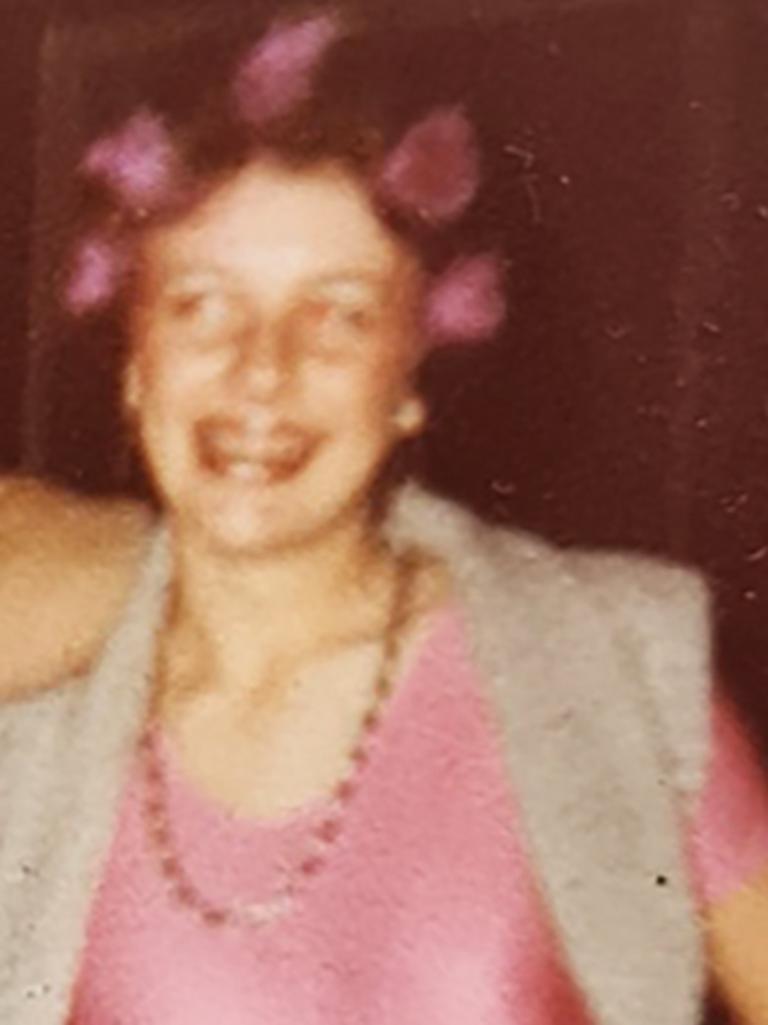
Made a ward of the state Folbigg, as a neglected and destitute child, was placed officially in the care of her maternal aunt and uncle who renamed her Lisa.
But it didn’t go well and the couple complained she was a difficult child – aggressive, with severe tantrums and crying fits.
It was her behavioural problems that led psychiatrists to believe she had been abused by her father as an infant.
A 2019 inquiry into Folbigg’s conviction also revealed that her maternal grandmother was also said to be a destructive influence on her.
Folbigg’s behaviour was deteriorating and causing difficulties in the family and, by the time she was three years old, her aunt and uncle decide they could no longer care for her and she was fostered out.
By the time she reached her teen years, she was in trouble with the law for shoplifting, was disruptive at school and, at 17, she had a fight with her foster mother and left home. She met her husband to be, forklift driver Craig Folbigg, at a disco the following year.
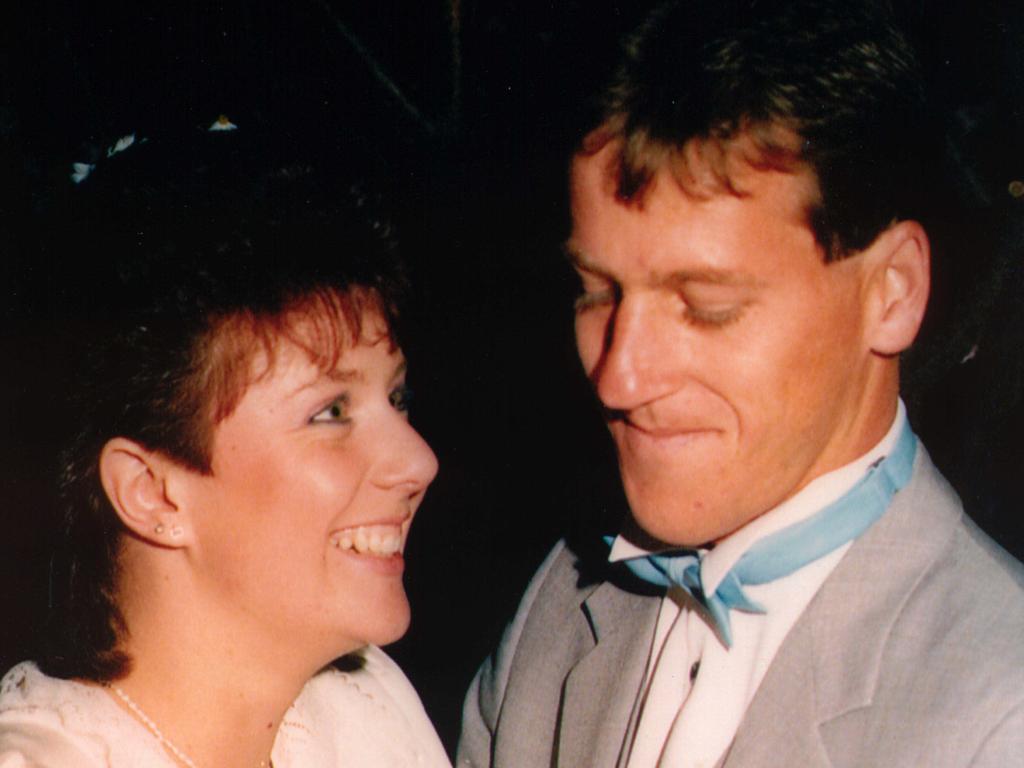
Folbigg described Craig as a “knight in shining armour” with a good job and good income. They were married in 1987 when Kathleen was aged 20 and Mr Folbigg aged 25.
But their life soured with the death of their first son Caleb in 1989 aged 19 days. His death was attributed to Sudden Infant Death Syndrome.
On the day the inquiry was announced, Professor Vinuesa said she did not have any doubts about Folbigg’s innocence and she strongly believed that the deaths of the four children were because they were either sick or had the genetic mutation.
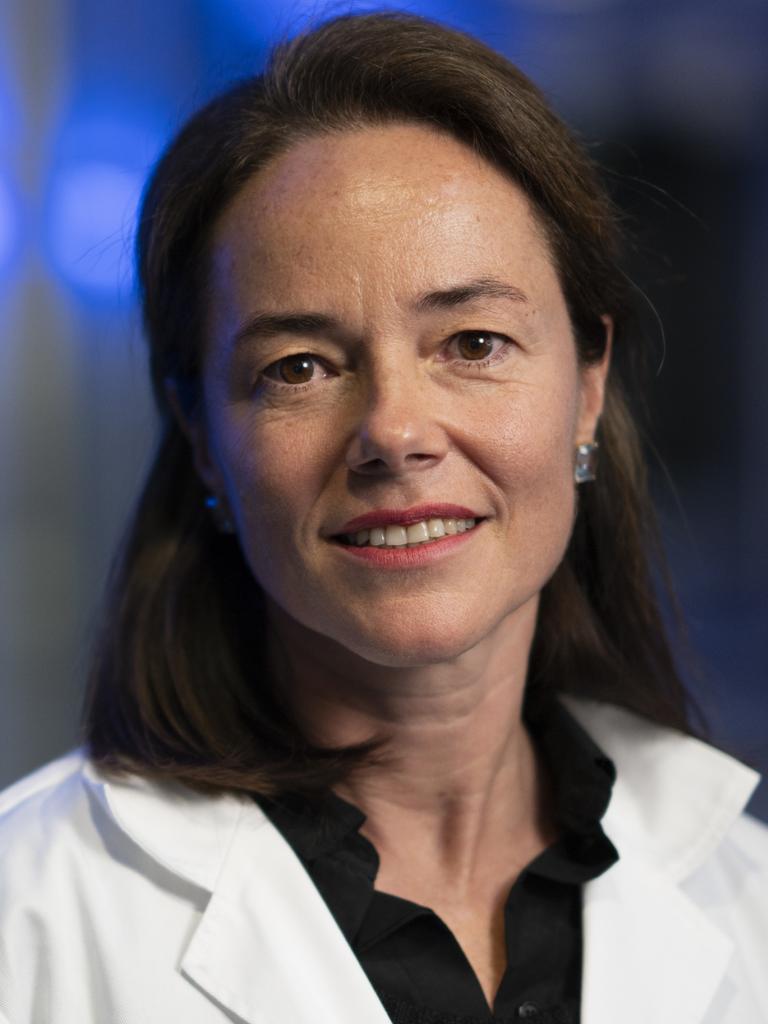

Professor Vinuesa also revealed she been looking into a similar tragic case in Macedonia in which four children had died – one after the other, much like the Folbigg case – before they reached four months old. In that case, she said they found two genetic mutations that explained the deaths.
“From a scientific point of view, we now know it is more likely multiple SIDS deaths are from natural causes rather than from murder,” said Professor Vinuesa.
More Coverage
Originally published as Massive scientific discovery that led to Kathleen Folbigg’s freedom









